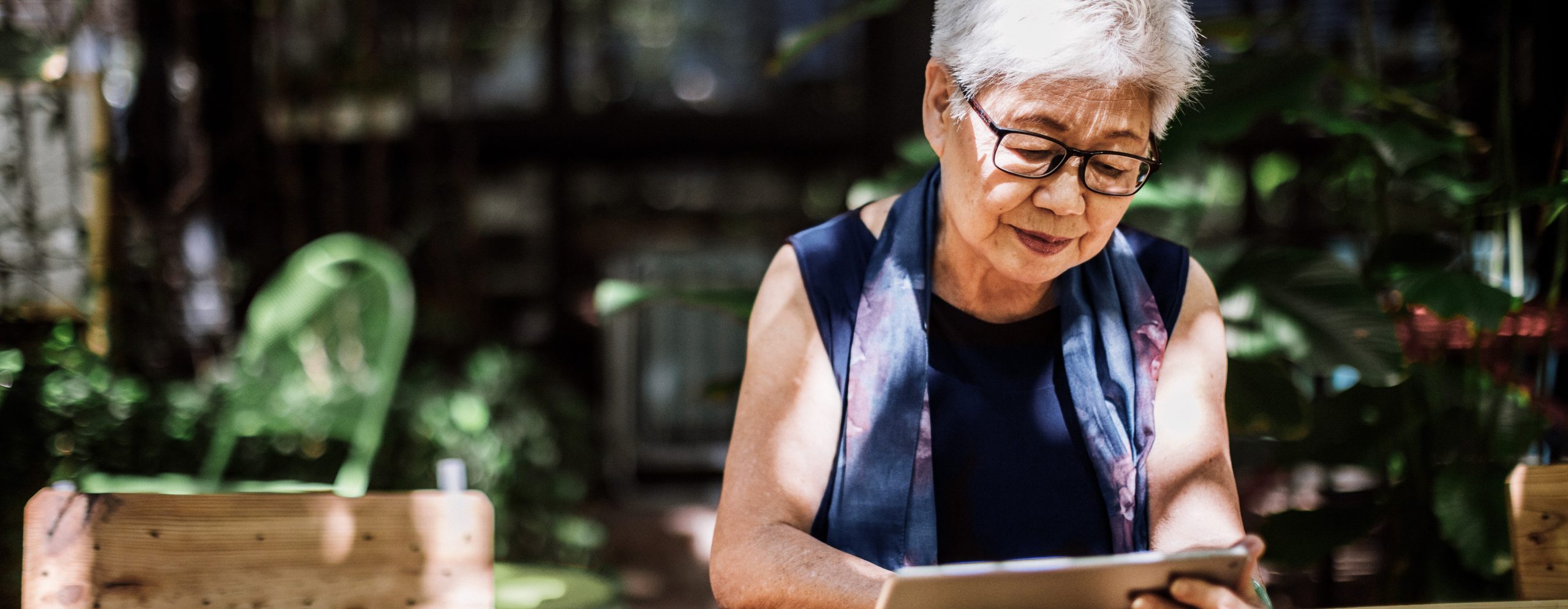
Why am I struggling with varifocals?

Varifocals can be life-changing. One pair of glasses that does everything, from watching TV to reading books. Gone are the days of trying to find your reading glasses down the back of the bed!
But the truth is, not everyone has a smooth experience with varifocals. Some people try them once, struggle, and give up, which is often because the lenses weren’t right for them in the first place.
So how does this happen, and how can you ensure that you get the correct varifocals?
Are all varifocals the same?
Think of varifocals like shoes. You can buy a budget pair off the shelf, but they’ll never feel as comfortable or supportive as something properly fitted.
Basic varifocals often have a much smaller “sweet spot” for clear vision. That’s why some people feel like they’re constantly moving their head to find focus. Higher-quality lenses use advanced design and wider clear zones, allowing you to see more naturally without the strain. We usually recommend Hoya varifocal lenses because they’re designed with some of the most advanced technology available.
Why the fit matters just as much as the lens
Even the most advanced varifocal won’t be effective if the measurements are off. The exact position of your pupils, how the frame sits on your nose, and even the natural tilt of your head all effect how your lenses perform.
That’s why all our optometrists in Bristol use the most advanced digital measuring instruments to make sure your lenses are fitted to the millimetre. It’s the small details that make a huge difference.
Do different frames affect varifocals?
This part often gets overlooked. Varifocals need enough “vertical space” in the frame so all the different zones (distance, intermediate, near) fit comfortably. If you choose a frame that’s too shallow, you’ll end up fighting with your glasses.
We specialise in standout style and expert advice. From affordable essentials to bold, statement pieces that work seamlessly with your lenses - so you don’t have to compromise on comfort or style.
How long does it take to get used to varifocals?
It’s true that your brain and eyes need time to adapt to varifocals. But if you’re still struggling after two weeks, then it's best to book another eye test with a trusted optometrist. The right fitting process helps you adapt with ease, avoiding unnecessary challenges.
The bottom line
If you’ve tried varifocals before and felt that they just don’t work for you, chances are that it was the wrong lens, the wrong fit, or the wrong frame.
With the right combination, varifocals should feel natural, giving you sharp, effortless vision at every distance.
If you're looking for varifocals in Bristol, you can book a styling and lens consultation with our dispensing opticians. We’ll make sure you leave with glasses you love to wear and lenses that fit your life perfectly.